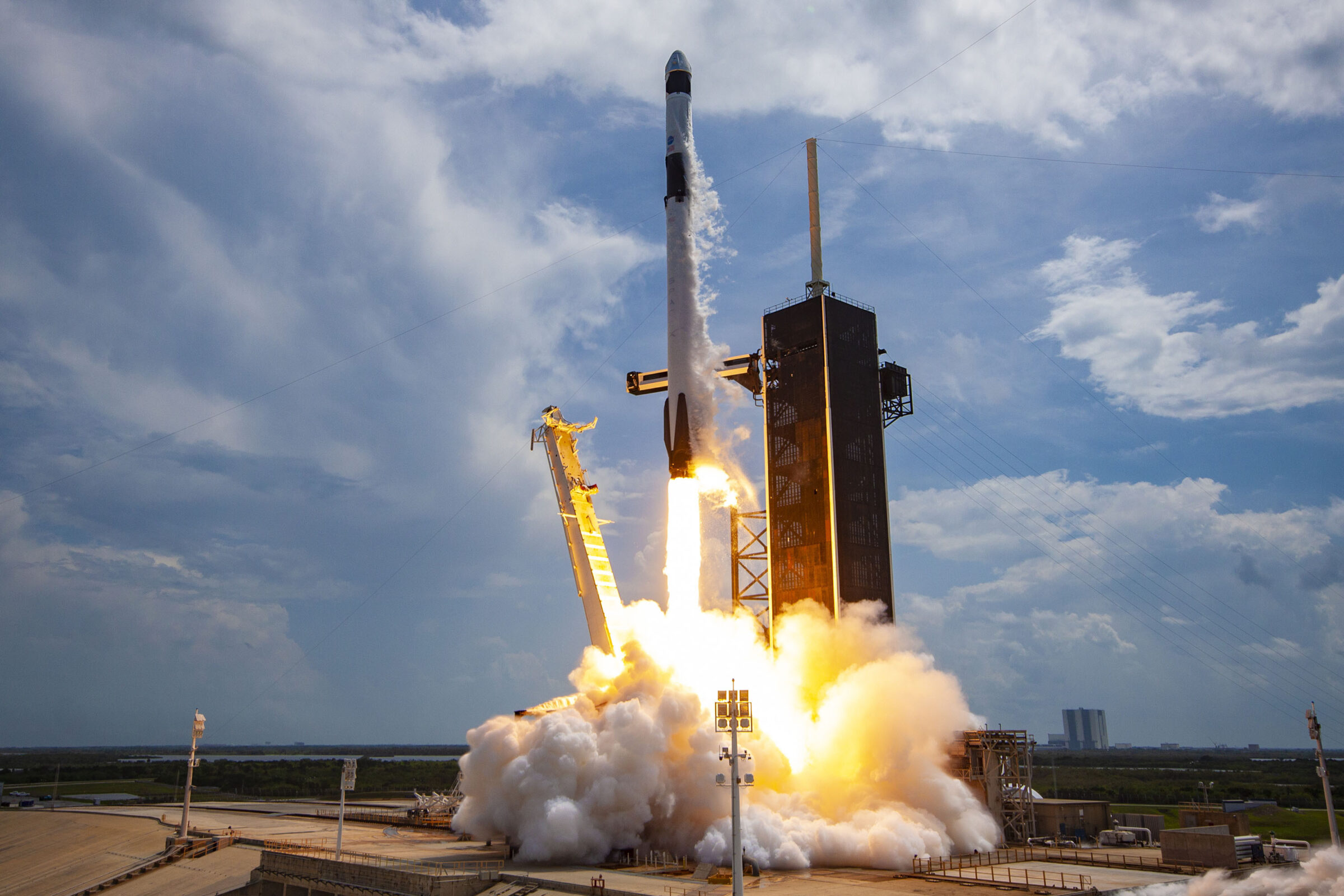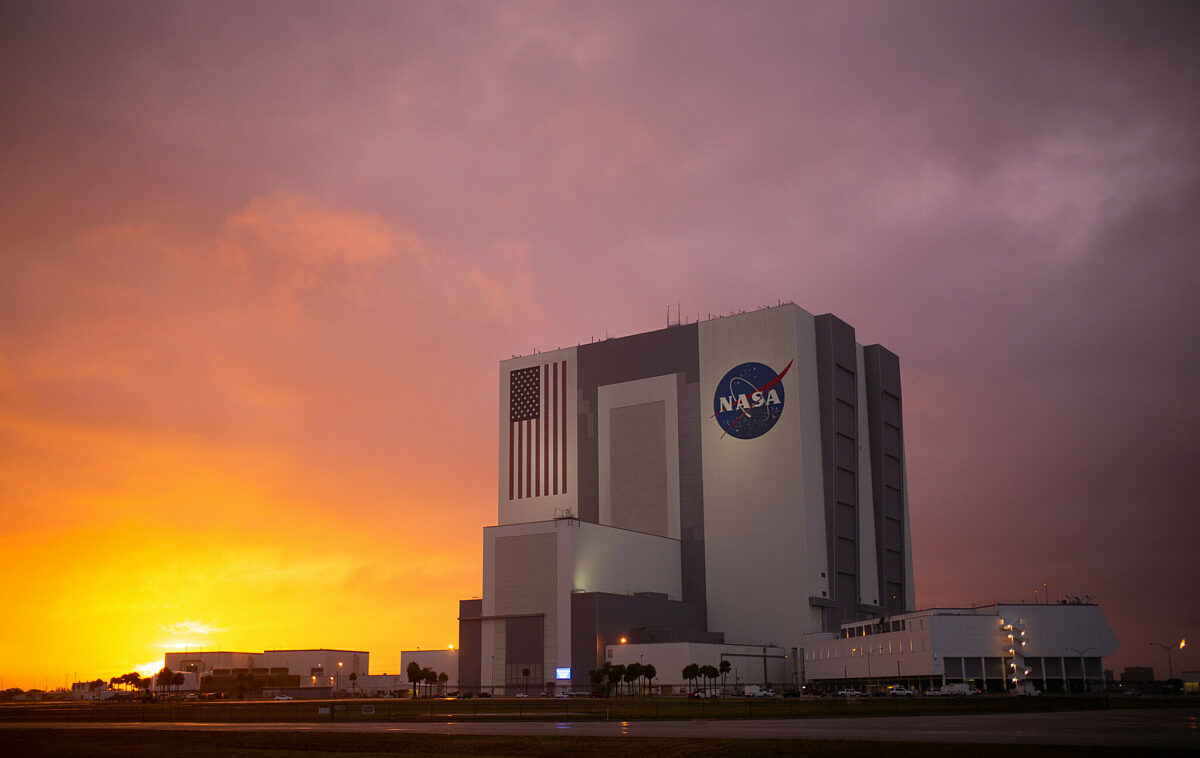The Planetary Society • Nov 12, 2020
Why do we need NASA when we have SpaceX?
Launching things into space used to be the domain of government agencies working with large aerospace contractors. But not any more. In the past two decades, startup space companies have shown they can compete with and in some cases upstage their larger counterparts.
There’s no better example of this than SpaceX, the Hawthorne, California-based company that lands their used rocket boosters to create scenes straight out of science fiction. In 2020 SpaceX became the first private company to send astronauts to orbit, and they are currently building a giant new rocket system that could one day carry people to Mars.
Watching these incredible feats, you might wonder whether we need NASA, or think that NASA and SpaceX are competing with one another. In reality the two organizations do very different things and rely on one another for success.
What does SpaceX do?
SpaceX is a private company under the direction of one person—Elon Musk—that currently builds and launches two rockets: the Falcon 9 and Falcon Heavy. The booster stages of these rockets usually return to Earth for refurbishment, which saves money and helps SpaceX undercut competitors’ prices.
SpaceX also builds and flies Dragon, a space capsule that can carry crew and cargo to the International Space Station. The company eventually plans to fly private astronauts on Dragon.
SpaceX is working on a large rocket and spacecraft system called Starship that will be able to carry massive payloads to space. Starship may eventually ferry people to Mars for permanent habitation.
The company is also deploying a massive constellation of small satellites called Starlink intended to provide global high-speed internet access. The satellites, which number around one thousand at present, have sparked controversy because of concerns they might create light pollution and interfere with astronomical research.
What does NASA do?
NASA is a taxpayer-funded U.S. government agency with more than a dozen locations around the country. It reports to the executive branch and the president appoints its administrator. Congress legislatively authorizes NASA’s activities and provides its annual budget.
NASA’s budget is set through a political process, and is not distributed evenly. Nearly half of NASA’s budget goes to human spaceflight programs. For much of the public, the most visible of these programs is the International Space Station, a permanently crewed, multinational space laboratory in low-Earth orbit. NASA is also working to send astronauts to the Moon and Mars through its Artemis program.
About a third of NASA's budget goes to its science division, which includes planetary science, Earth science, astrophysics, and heliophysics. NASA launches space missions to research and explore planets and other worlds, study Earth’s climate, answer fundamental questions about the nature of the universe, and study the Sun.
NASA also conducts aerospace research and funds various space technology development efforts. Studies show the agency provides the U.S. a broad range of social and economic benefits.

How do SpaceX and NASA compete?
They don’t. SpaceX is a for-profit company, whereas NASA is a taxpayer-funded entity free to pursue scientific discoveries that are not directly linked to financial gain.
Perceptions that SpaceX and NASA are competing with one another usually relates to NASA’s Artemis program. In 2004, President George W. Bush announced a plan to retire the Space Shuttles and return humans to the surface of the Moon. This led to the creation of a crew capsule called Orion and a rocket that ultimately evolved into the Space Launch System, or SLS. Orion and SLS are built by aerospace companies Lockheed Martin and Boeing, which in turn use their own private suppliers and subcontractors. The vehicles are assembled at NASA centers under NASA guidance, and the final product is owned by NASA. The programs generate tens of thousands of well-paying jobs in locations where they are built, and therefore enjoy strong political support from their local Congressional representatives.
SLS and Orion are both behind schedule and over budget. Meanwhile, SpaceX has grown from a small startup into a legitimate competitor of traditional aerospace companies. Though SpaceX also frequently misses timelines, its supporters argue SLS and Orion are too expensive and based on legacy technologies that are outmatched by vehicles like Starship.
Advocates for SLS and Orion point out that the vehicles guarantee the U.S. will be able to launch large payloads and humans into space. An analogy for this is aircraft carriers, which the U.S. still builds and owns even though private companies can build comparably large cruise ships.
NASA’s official position is that SLS and Orion are currently the best vehicles to get humans back to the Moon. Furthermore, the agency cannot change course without the requisite political support. SpaceX, meanwhile, doesn’t have to answer to anyone but Elon Musk, and can push ahead with Starship development to satisfy Musk’s goal of sending humans to Mars.
How does SpaceX rely on NASA?
Without the investment of NASA, private spaceflight today would look very different. In 2006, NASA began investing in private space companies with the hope that they could one day provide cargo and crew transportation to the International Space Station. SpaceX was one of the first companies to receive money from NASA; the company was just 4 years old at the time. NASA paid for roughly half the cost to develop SpaceX’s workhorse Falcon 9 rocket.
In 2008, SpaceX received a multi-billion dollar contract to fly cargo to the ISS. The company was on the verge of bankruptcy and would likely have run out of money without NASA. Today, SpaceX generates revenue from a variety of customers, but a significant portion of its funding comes from flying crew and cargo to the ISS as well as launching NASA science spacecraft. SpaceX also flies payloads for the U.S. Department of Defense, another taxpayer-funded entity.
How does NASA rely on SpaceX?
NASA did not have a replacement ready when the Space Shuttle program ended in 2011. Despite having 7 years to prepare, the agency never received the funding necessary to finish construction of the ISS and develop a new human-capable spacecraft and rocket system, all while continuing to fly the Shuttle—which by the end of its lifetime cost $3.5 billion per year.
Anticipating the need for an alternative to send cargo and crews to the ISS, NASA turned to the aerospace industry with a novel proposal: rather than paying companies to build NASA-owned vehicles at NASA-owned facilities, what if NASA paid companies to build their own vehicles, and then bought flights on those vehicles?
In 2008, the agency signed contracts with SpaceX and Orbital Sciences Corporation—now Northrop Grumman—to build and fly their own cargo vehicles to the ISS. The plan worked: not even a year after the Shuttle program ended, SpaceX's Dragon spacecraft made the first commercial berthing with the ISS. In 2020, SpaceX became the first private company to send NASA astronauts to the ISS.
Without SpaceX, the only U.S. company currently capable of carrying cargo to the ISS would currently be Northrop Grumman, and NASA would still be reliant on the Russian Soyuz for crew transportation.

Why do we need both NASA and SpaceX?
NASA’s support of companies like SpaceX has reshaped the landscape of the U.S. aerospace industry. Entrenched aerospace contractors that traditionally enjoyed little or no competition are putting greater emphasis on new technologies that lower the cost of spaceflight. U.S. companies now compete for a global launch market that was previously the domain of Chinese and Russian rockets. NASA also benefits by having multiple domestic and international partners able to launch spacecraft and fly crews and cargo to the International Space Station.
SpaceX has helped renew the public’s interest in spaceflight. The company makes excellent use of livestreaming technology, making each rocket launch and landing an exciting event. The interest in SpaceX's efforts—which are often in partnership with NASA—have inspired new generations to pursue exciting space careers.
But we still need NASA. The agency does much more than put astronauts into orbit. There is no business case for sending a spacecraft to Pluto or landing a rover on Mars to search for signs of past life. Space exploration and scientific discoveries require long-term public support and investment. Humans may even have a moral obligation to explore the cosmos. NASA is also vastly larger, spending tens of billions of dollars every year on hundreds of major projects while SpaceX spends millions of dollars on a select few.
Space exploration brings out the best in us. When government agencies like NASA and private companies like SpaceX work together, everyone wins.
Let’s Go Beyond The Horizon
Every success in space exploration is the result of the community of space enthusiasts, like you, who believe it is important. You can help usher in the next great era of space exploration with your gift today.
Donate Today

 Explore Worlds
Explore Worlds Find Life
Find Life Defend Earth
Defend Earth

